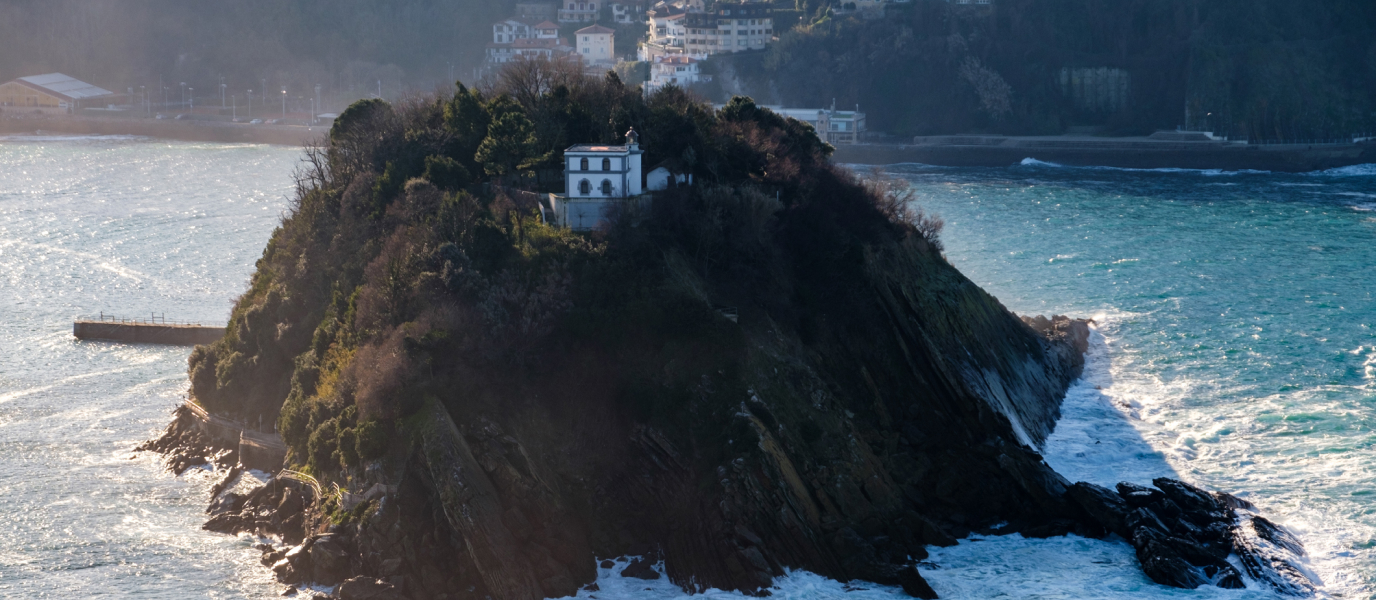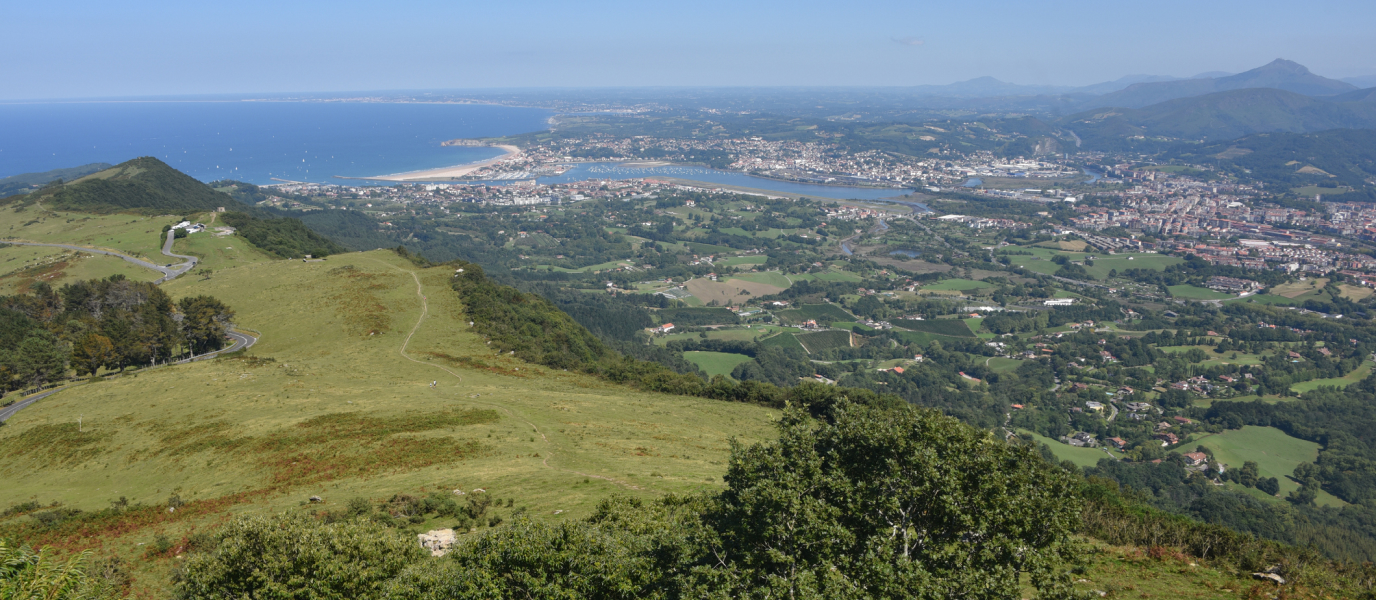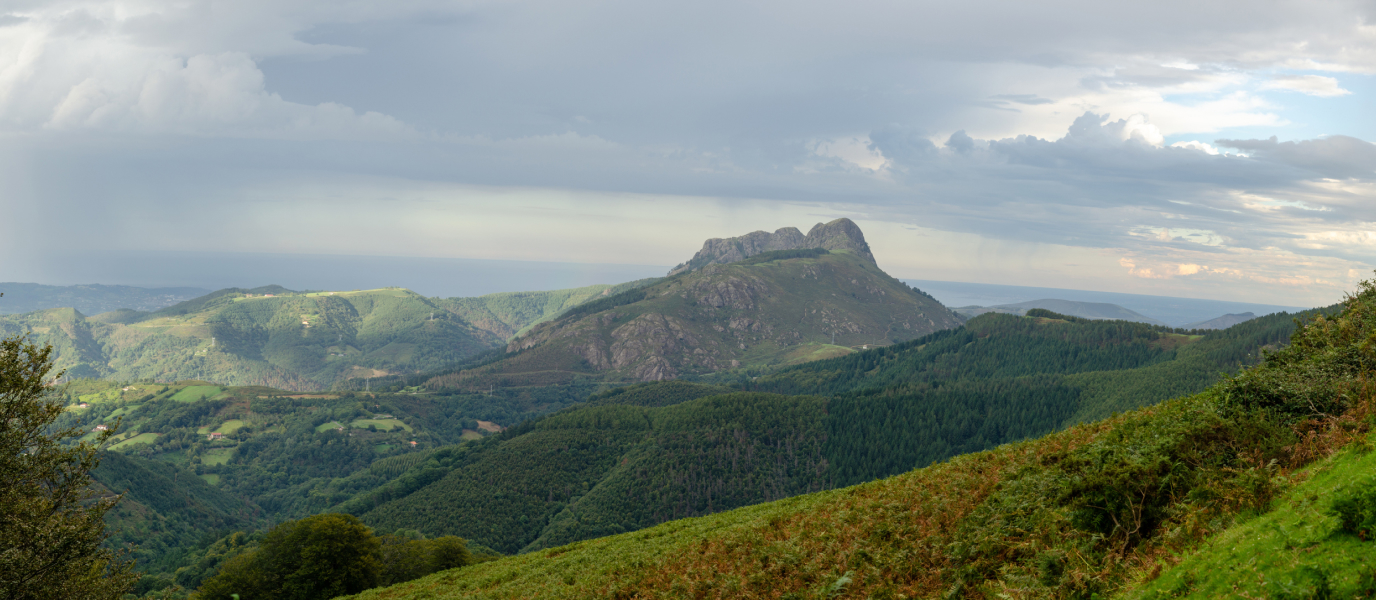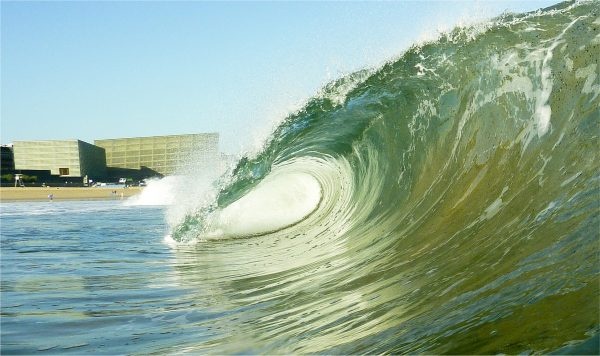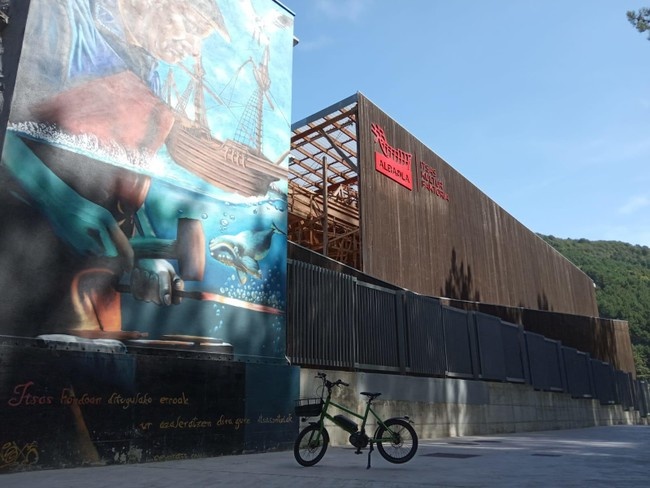The name Urgull comes from the Gascon word meaning ‘pride’. This is precisely the sentiment that the bygone inhabitants of San Sebastián felt for a hill that protected and sheltered them so many times throughout history.
Situated between the old town and the Paseo Nuevo, at the eastern end of La Concha Bay, the lush vegetation on Monte Urgull constitutes one of the city’s most important green spaces. The hill affords exceptional views from all angles. But underlying its natural beauty is a history that witnessed the birth of San Sebastián, and one that saw much bloodshed. Read on for a guide to exploring Monte Urgull.
Urgull: a stalwart in San Sebastián’s history
Both its strategic location and topography led to Monte Urgull being chosen as the site of a military stronghold that would defend the town of San Sebastián from the 12th century onwards. The Castillo de la Mota is testament to the battles and sieges that took place over the centuries, the reminders of which are plain to see on any of the paths around Urgull. The constructions on the hill are among the most historically important aspects of San Sebastián’s built heritage.
In the early 20th century, the Castillo de la Mota was designated a National Artistic Historical Monument and Monte Urgull became a public park. Efforts were also made to recover and integrate the vestiges of the past into the landscape, making for a more enriching walk through nature.
Monte Urgull offers several options including interesting historical defences, a museum, beautiful viewpoints and a variety of trails around the hill. It’s well worth taking a walk there to experience its peace and listen only to the sound of the sea.
What to see on Monte Urgull
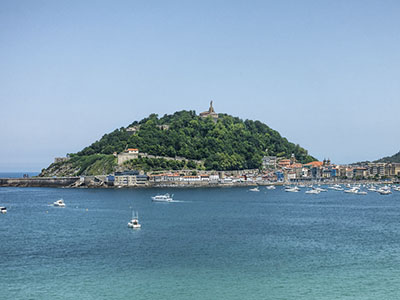
All the paths around the hill are accessible and well signposted. If visiting with children, you keep them interested with tales of the city’s history. They’ll be walking in a place that protected San Sebastián from invading troops!
The canons, towers and remains of old walls add to the historical atmosphere. Much of the original stronghold has been conserved and Monte Urgull is effectively now an outdoor museum. There are four things you should look out for:
- Batería de las Damas. Of the several battery constructions on Urgull, this is the most impressive. When an active military base, there was a fountain nearby that was only accessible by walking through the battery. At that time, it was the women, or damas, who collected the water, and they had many encounters with the soldiers. Hence the name. Stop amid the canons and take in the spectacular views. The upper part of the battery now houses a library which is open in summer and during Holy Week. If you’re lucky enough to visit Urgull when the sea is rough, you’ll be in for quite a show.
- Batería del Gobernador. Just before the Castillo de la Mota is another of the best-preserved batteries on Monte Urgull. Nowadays it’s used as a venue for children’s workshops several times a year. It’s also another fantastic viewpoint.
- Castillo de la Mota. Crowning the hill, this 12th-century fortress was San Sebastian’s first ever defence. It’s now home to a small museum explaining the fascinating more-than-800-year history of the place. Entry is free. From here, take a walk to the Monumento del Sagrado Corazón, a giant statue of Jesus and the highest point on Monte Urgull, offering the best panoramic views of San Sebastián. Don’t forget to bring your camera!
- Cementerio de los Ingleses. The ‘Cemetery of the English’ lies on the slopes of Monte Urgull. The origins of this mysterious place are not well known, though it’s widely thought that the remains of English soldiers who fell during the First Carlist War lie here. Another theory is that the cemetery is in fact a mass grave of French soldiers, and there’s no shortage of other fanciful explanations. Some tombstones are still standing and a mural pays tribute to those who died in combat.
Trails around Monte Urgull and the Castillo de la Mota
All of Urgull’s trails are accessible, generally surfaced and suitable for children, as they are not too steep. All of the routes are signposted and there are several information posts explaining the sights along the way. Walking around the entire hill and seeing everything it has to offer will take around two hours and cover roughly four kilometres.
There are four routes around the hill, each with a different access point: the Paseo Nuevo, Plaza Zuloaga, the Paseo de los Curas and the area to the rear of the Basílica de Santa María del Coro. All have plenty of viewpoints and bags of charm. You’ll find yourself stopping at every turn to take in the scenery, whether the old town, La Concha Bay, Monte Igueldo or the dance of the waves crashing against the breakwaters.
One of the best options is to start from Plaza Zuloaga (also the location of the Museo de San Telmo). The trail takes you past several viewpoints before reaching the Castillo de la Mota. Winding down the hill, you’ll pass the Batería de las Damas and the Cementerio de los Ingleses. Choose the exit towards the Paseo Nuevo to skirt the edge of the hill before the trail opens up by the sea.
Perched defiantly before the Cantabrian Sea in the open space below Urgull is one of the city’s sculptural treasures: Jorge Oteiza’s Construcción Vacía (Empty Construction). On stormy days the scene is particularly magnificent.
You’re bound to be hungry after your exertions. If so, look no further than Bokado Mikel Santamaría, a modern space with impressive sea views where the pintxos and dishes are prepared with fresh local produce. What better way to round off a packed day learning about the history of San Sebastián.





































































